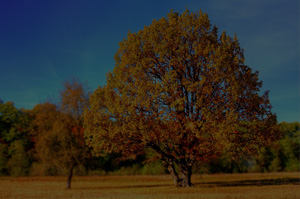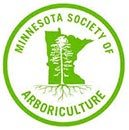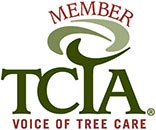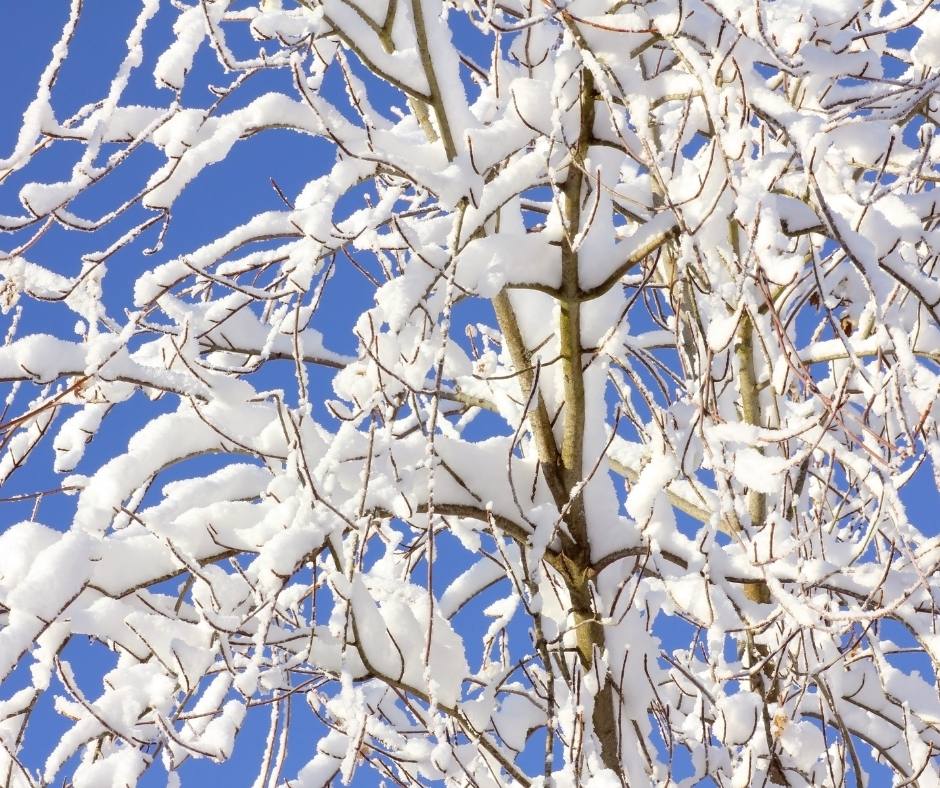 Minnesota’s harsh winters aren’t just brutal for us humans, but for plants, shrubs and trees, too. The extreme temperatures, snow, wind, salt, and even the sun can bleach and desiccate evergreen foliage, damage bark, and injure or kill branches, flowerbuds, and roots. And if that isn’t enough, the food shortages caused by the cold drive rodents, deer and other animals to feed on bark, twigs and foliage, which can also severely damage plants.
Minnesota’s harsh winters aren’t just brutal for us humans, but for plants, shrubs and trees, too. The extreme temperatures, snow, wind, salt, and even the sun can bleach and desiccate evergreen foliage, damage bark, and injure or kill branches, flowerbuds, and roots. And if that isn’t enough, the food shortages caused by the cold drive rodents, deer and other animals to feed on bark, twigs and foliage, which can also severely damage plants.
Here’s some advice on how to protect your trees and plants, as well as information on how to spot problem areas and take action.
Discoloration or Browning of Evergreens
According to the University of Minnesota Extension, this browning or bleaching of evergreen foliage during winter happens for four reasons:
-
Winter sun and wind cause excessive foliage to lose a ton of water while the roots are in frozen soil and unable to replace that lost water. This results in desiccation and browning of the plant tissue.
-
Bright sunny days during the winter also cause warming of the tissue above ambient temperature which in turn initiates cellular activity. Then if and when the sun is quickly shade, the foliage temperature drops to injurious levels and the foliage can be injured or killed.
-
During bright, cold winter days, chlorophyll in the foliage is destroyed (photo-oxidized) and is not resynthesized when temperatures are below 28 degrees Fahrenheit. This is what causes bleaching.
-
Cold temperatures early in the fall before plants have hardened off completely or late spring after new growth has occurred can result in injury or death of nonacclimated tissue.
While nothing you do will guarantee your evergreens’ health, there are a few things you can do, including proper placement of the tree when you first plant it. Another way to prevent injury is to create a barrier of burlap or similar material on the south, southwest, and windward sides of evergreens. If all sides of the tree are showing signs of injury, you can surround the whole tree, but you should leave the top open to allow air and light in, the U of M Extension says.
In addition, proper watering during the growing season is crucial.
Frost Heaving
Frost heaving occurs when periods of soil freezing and thawing push small, shallow-rooted plants out of the ground, according to an article on Fine Gardening’s website. This event prevents the plants from having firm contact with the soil and exposes the roots to wind desiccation.
Mulch can help prevent frost heaving because it acts as an insulator and helps keep moisture in. If you find a plant has already fallen victim to frost heaving, replant it once the soil thaws.
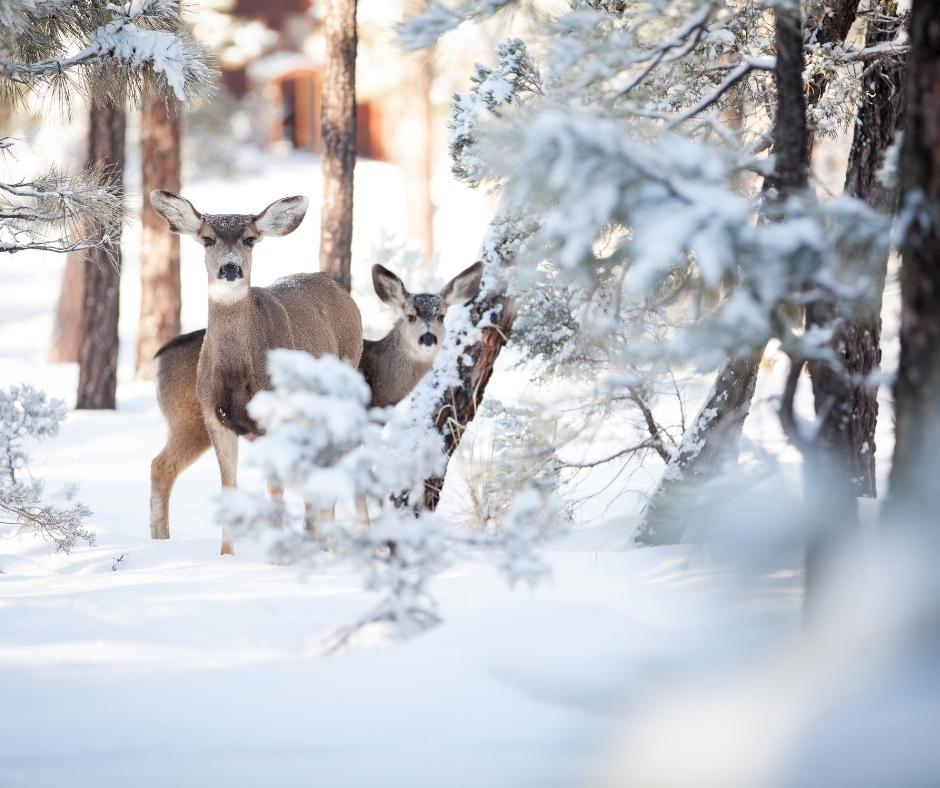 Animals
Animals
Mice, rabbits and other rodents eat tree bark to survive in the winter, often stripping all of it off and exposing the tree’s base and causing it to die. The best way to prevent this from happening is to use metal mesh to surround the tree. Also, make sure that your mulch is away from the base of the tree, and check it for evidence of any critters.
As for deer, they feed on the stems and branches, and you can use a repellant containing thiram. For additional information on repelling deer and other animals, the Minnesota Department of Natural Resources, offers a handbook on nuisance wildflife repellant.
Pruning Dead Branches
This is the one piece of advice that is the most important: if you notice any fallen branches or dead branches, wait until the end of the winter before you prune them. Pruning late in the season before spring growth begins can prevent serious damage to your trees. 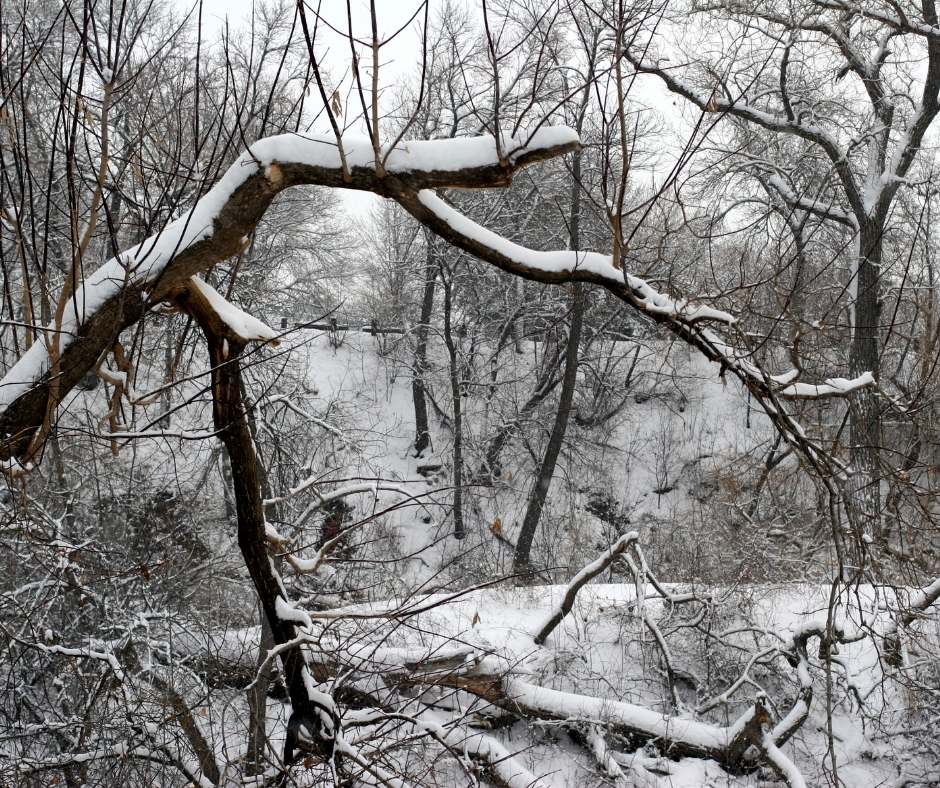
However, if a fallen branch is posing a hazard, that’s a different story, and we suggest you call a professional to help.
We hope this helps you! Feel free to call Precision Landscape & Tree if you have any tree care questions!
Also, check out our tips section!
